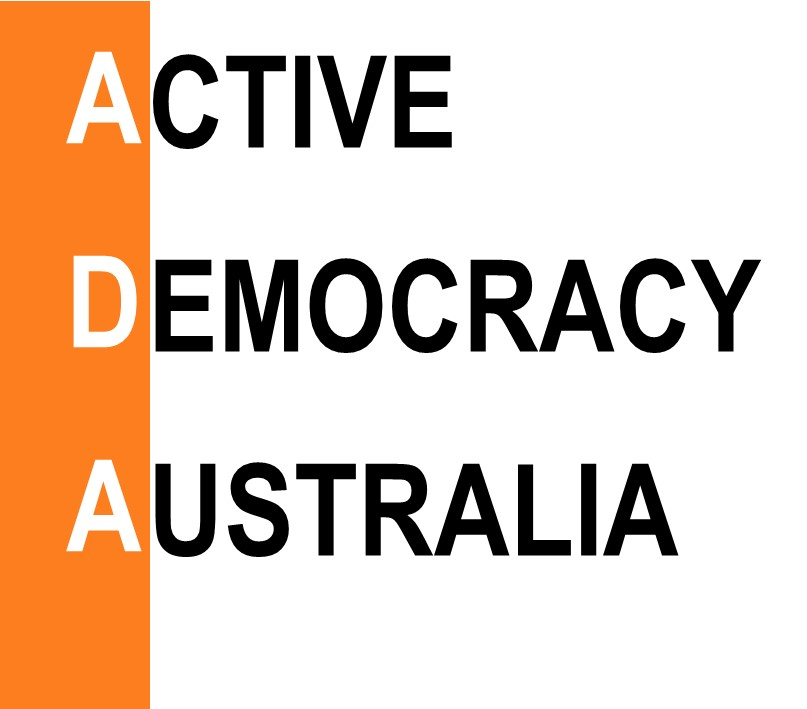Producing a report on kitchen table conversations
This report will be an account of the kitchen table conversations in your electorate, and what participants said in them about their values, concerns, needs, aspirations and policy priorities, as well as their expectations of their federal MP and the political system more generally.
It’s something to be shared with your MP, other candidates, community leaders, any local media, and voters in the electorate. So it should be clear, readable and attractive. Neither too long nor too short (aim for between 3000 and 6000 words).
The report will have more credibility and be taken more seriously the more kitchen table participants there are, and the more representative they are of all the electorate’s voters. The collection of demographic information about participants will help you to see how representative these participants are to that point, and, if necessary, guide you in arranging more KTCs so they become more representative. It will also demonstrate that representativeness to your report’s readers. That’s why we recommend collecting demographic information when running KTCs, and summarisinge this in your report.
In reporting what participants have said in their KTCs, you will need to decide how detailed you make this. But you should also summarise participants’ comments, so people who don’t want to read the comments in detail can just read the summary. It’s also important to capture distinctive examples, stories, words and phrases, as these give the story extra interest and stick in readers’ minds. These can be highlighted or included in ‘breakout quotes’.
Don’t censor comments you don’t agree with, or give prominence to comments that conform to a particular political or policy line.
Ensure comments are anonymous and have no identifying details. It’s good, however, to include photos, but you need to get the approval of people in them.
It’s a good idea to say something about your electorate group as well. Outline what it is seeking to do, its values, and its activities to date. Emphasise that this is all being undertaken by ordinary constituents, and that new participants are welcome.
Acknowledge the people who made the report and its contents happen. Include your group’s contact details. And to comply with electoral laws, include – at the end – the name of your electorate group, the name and address of the person authorising the document, the name and address of the printer, and the full date of publication.
Make the document look visually attractive. Seek the help of someone with graphic skills. Photographs, blocks of colour or coloured type, spaces between blocks of text, variations in the size and style of the type, breakout quotes and dot points are ways to make it visually appealing and more readable.
The report produced by Voices for Indi after their initial kitchen table conversations is a great example to check out.
Publish at least some copies in hardcopy form. You can present these to people you especially want to read it – your MP, other candidates, community leaders, any local media. But also make it available online – on a website or a Facebook group site, for example. Invite anyone and everyone to tell people and groups they know about it.
There may also be a national report produced once groups have been formed in a significant number of electorates.
Connect
